Microsorum pteropus or java fern is among the most popular aquarium plants. Its easy growth, ability to decorate the tank and neutralizing ability to the higher nutrient level in the aquarium are some reasons behind its popularity. However, it creates wretched scenery and indicates problems when it turns white and yellow. This article will address the cause and cure of its bleaching. Moreover, microsorum pteropus care, famous variants, and aquascaping are in this article’s scope.
Content Table
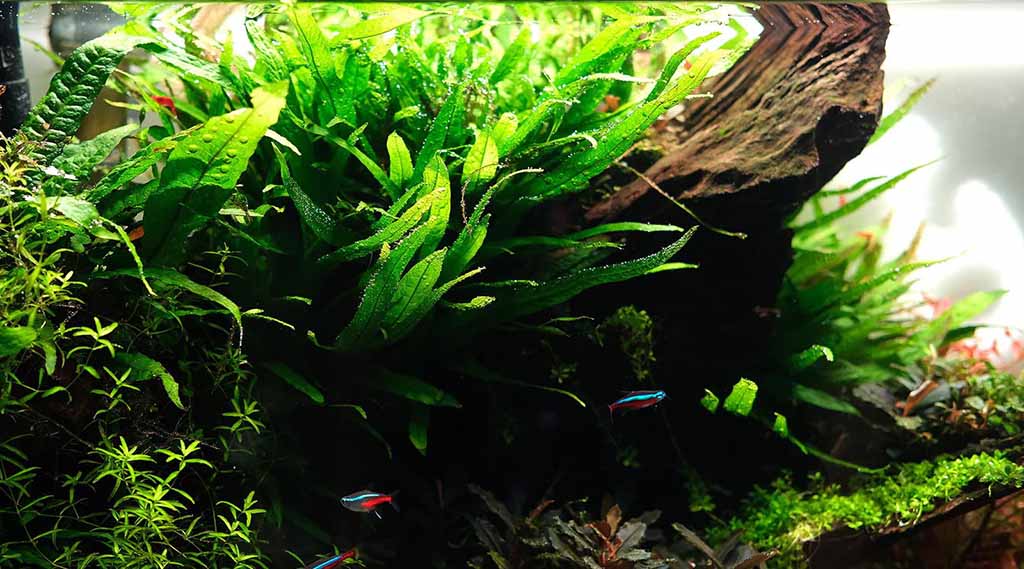
Microsorum pteropus
Microsorum pteropus
Microsorum pteropus, commonly known as Java fern, is a genus of the Polypodiaceae family. This family contains about 60 different genrea. It grows in on-ground, partially submerged, and fully submerged conditions in various Asian regions. Here are some popular microsorum pteropus variants that are common among aquarists.
Lace Java Fern
| Lace java fern has another common name, i.e., Windelov fern. They are native to different Asian regions. Their hardiness, less care requirements, and delicate and lacy fronds make them an eye-catching option for aquarists. Low light, good water flow, acidic conditions, and temperature between 20 to 29°C enhance and promote their optimal growth. They do well when growing in the midground or background of a tank to create a sense of depth in the tank. | 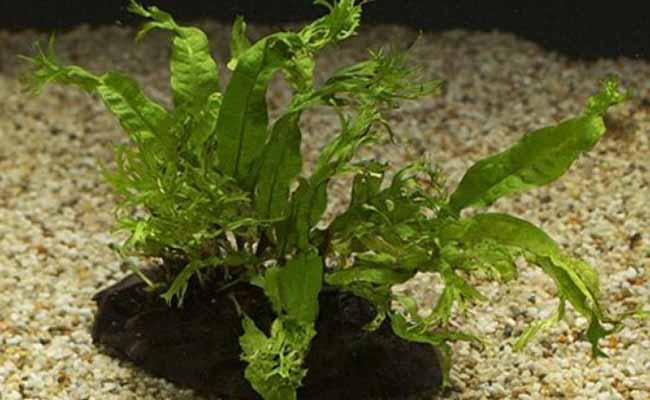 |
Java Fern Needle Leaf
| As the name suggests, it has needle-like narrow leaves, i.e., 2 cm wide and up to 30 cm long. It creates a mesmerizing, wavy look in a little turbulent condition. They are ideally placed at midground or in the background near the filter. | 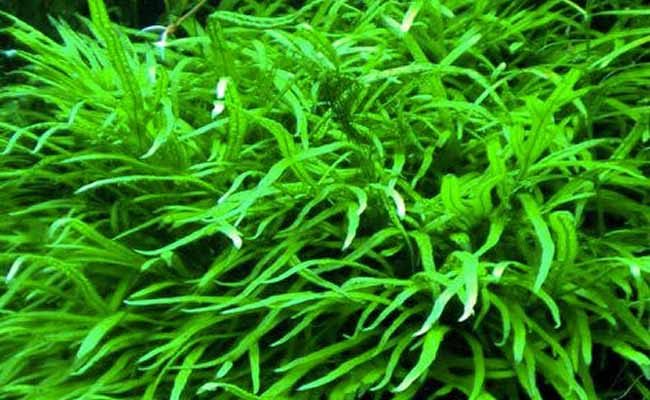 |
Trident Fern
| Microsorum pteropus ‘Trident’ or trident fern is another unique fern with narrow and feathery leaves. Attach them on driftwood or live rock with a fish line and provide optimal growth conditions to enjoy their feathery look. You can create natural, jungle, and iwagumi styles with them in the middle or background of a tank. | 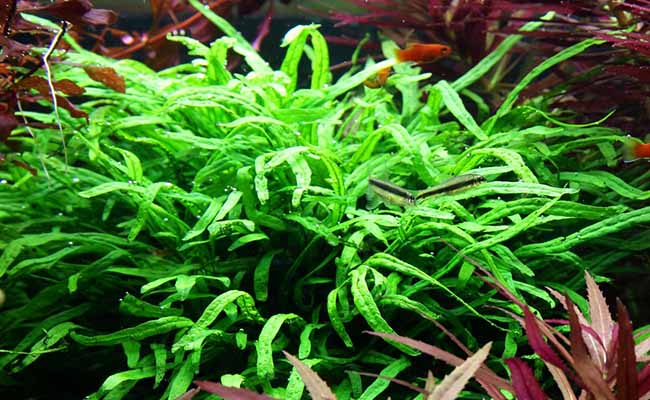 |
Wavy Java Fern
| Microsorum pteropus ‘Undulata’ or wavy java fern is one of the beautiful java fern species. Its rippled and wavy leaves make them eye-catching. Midground is the most preferred position to create astonishing aquascapes. | 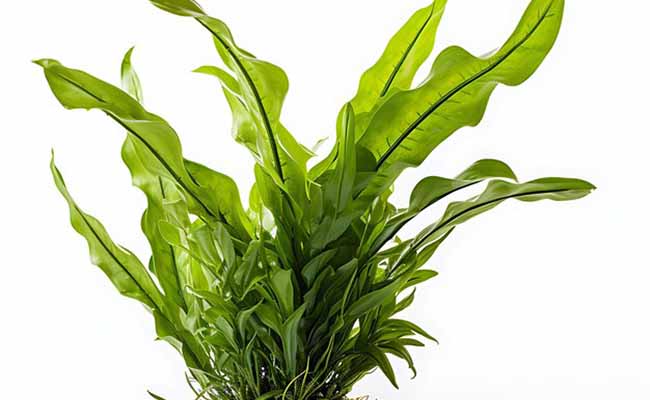 |
Tropica Java Fern
| Microsorum pteropus Tropica is another beautiful java fern species popular among aquarists. It has mid-green and elongated leaves. It’s most suitable for creating natural, Asian, and biotope aquascapes at midground and background. | 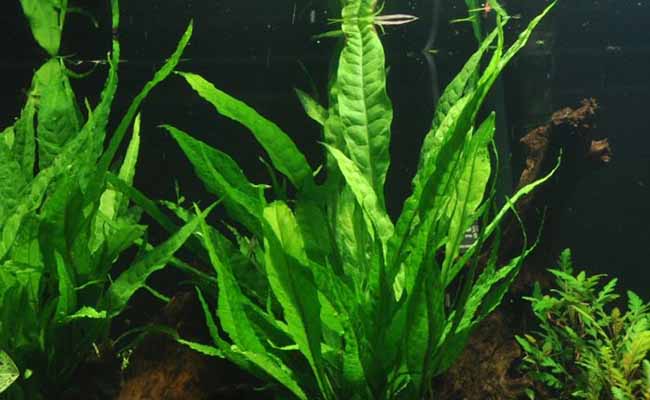 |
Narrow Leaf Java Fern
| Microsorum pteropus Narrow or narrow leaf java fern is another common aquarist choice. Like other Java ferns, it’s easy to grow and care for. Aquarists use it for midground and background aquascaping. You can create Dutch, natural, and iwagumi styles with narrow-leaf java ferns. |  |
The Role of Microsorum Pteropus in Aquscape Building
Microsorum pteropus is a common aquascaping plant that requires low maintenance and can create various styles. Here are some common aquascaping styles.
| Natural style | Asian-inspired style | Biotope aquascape |
| Dutch style | Iwagumi style |
Aquascaping Positions
You can use these plants in multiple ways. To create a background effect, they are grown on driftwood or rocks. Moreover, growing them on live rocks or driftwood gives a natural look to the tank. If you want to make them a focal point, midground growing is the most optimal option. You can use its dense growth to create a carpet in the foreground. However, it isn’t easy to grow them in the foreground.
Microsorum pteropus Started to Turn White and Then Turned Yellow
Microsorum pteropus is hardy and can survive different conditions. However, like other plants, it has some problems, like its leaves turn white then yellow. Here are a few possible reasons for this problem.
Light Intensity
- Cause: It might be due to high-intensity light. High intensity creates stress in plants and increases CO2 in nutrient consumption, which leads to bleaching out of the plant leaves.
- Cure: Install a low to medium-intensity light in the tank.
Nutrient Imbalance
- Cause: Nutrient imbalance is another reason for the leaf bleaching. When you add root floaters or install high-intensity light, it will enhance nutrient consumption. Ultimately, leaves begin bleaching.
- Cure: Apply fertilizer to your plants. Fertilization is discussed later in this article.
Root Mass Problems
- Cause: Damaged root or root rot also leads to discoloration.
- Cure: Trim the damaged or infected root part. In case of root rot, exhume the roots.
Water Quality
- Cause: Higher nitrite, nitrate, and ammonia can lead to leaf discoloration.
- Cure: Maintain optimal water parameters and do regular water changes, i.e., weekly or bi-weekly. Enhanced aeration, beneficial bacteria addition, more live plants, and controlled feeding can help to maintain water parameters within desired limitations.
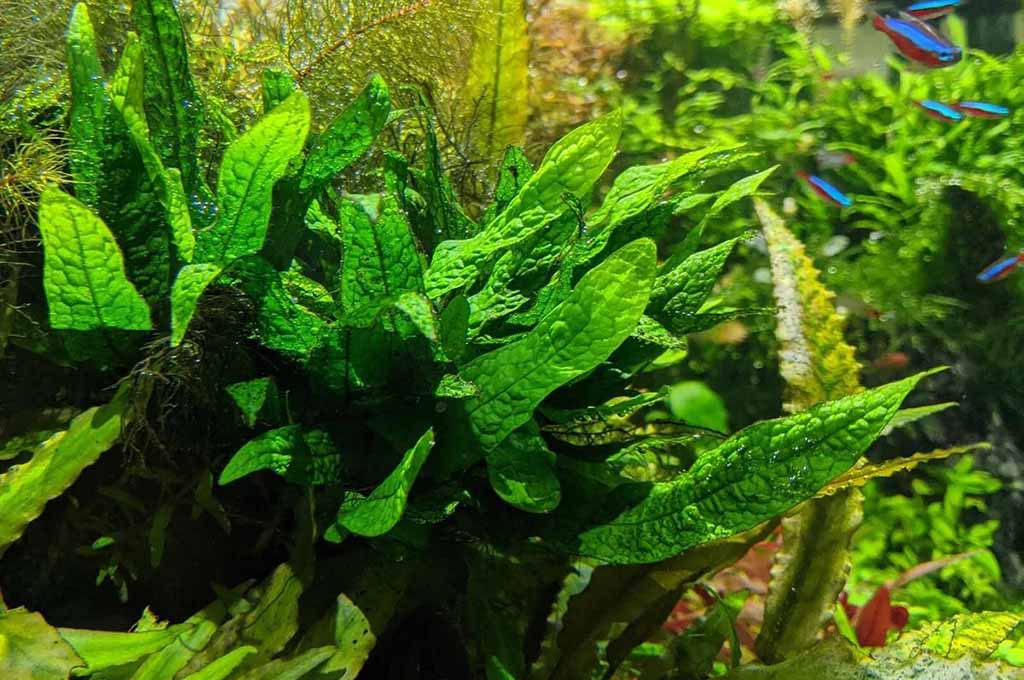
How to plant microsorum pteropus
How to Plant Microsorum Pteropus?
Follow the below step-by-step method to enjoy hectic free Microsorum pteropus growth in your tank.
- Select a desired type of Java fern.
- Cut the long rhizome with scissors.
- Attach the rhizome to a textured surface, i.e., driftwood, decor, or live rock, with fish line, string, zip-tie, or super glue.
- Provide a higher flow. However, avoid creating turbulent water conditions.
- Follow the following care and growth parameters to observe their optimal growth.
Microsorum Pteropus Care
Microsorum pteropus is quite hardy and shows flexibility under different conditions. However, it’ll thrive with proper care and growth tips. Here are some such care aspects and growth tips for its healthy growth.
Light
Micorsorum pteropus can grow in a wide range from very dim to bright light. However, low to medium, i.e., 5,000 to 7,000 K, or precisely 6,700 K, is ideal for optimal growth. Install 1.5W of light per gallon of water. You can also achieve it by placing the tank indirectly to the sun. Too much direct exposure can cause algae growth and black and white spots on leaves.
Water
Micorsorum pteropus can even grow in tap water without fertilization. You can even observe growth under hard or slightly brackish water conditions. However, maintaining the following parameters can give you optimal growth results.
| Parameter | Value |
| Temperature | 68–82°F (20–29°C) |
| pH | 5.5–7.0 (5.0–8.0) |
| Hardness | 3–8 dKH (soft to moderately hard) |
Aquarium size
Micorsorum pteropus can grow up to 14 inches long. However, usually they grow up to 12 inches. Growing them in a minimum of a 10-gallon tank is the base requirement for these plants.
Substrate
Micorsorum pteropus shows optimal growth at some textured surfaces, i.e., live rocks, driftwood, or decor. They get nutrients from water. Therefore, there is no need to bury them in the substrate. If you bury their roots in the substrate, they will die or show stunted growth. Instead of burying their roots in the substrate, preferably grow them on the bare bottom of the tank.
Fertilizer
Micorsorum pteropus can live on only water-available nutrients. Therefore, they don’t require fertilizers. However, if you want to observe lush green growth, apply water-soluble, high N, P, and nutrient fertilizer twice a week. A 3ppm phosphate dose will provide you with distinct growth results. For optimal results, combine it with 50% water change. Always ensure that fertilizer is safe for other living beings in the tank.
CO2 Injection
For enhanced Micorsorum pteropus growth, inject a CO2 dose. Apply 1ml of easy carbon per 10-gallon volume at low light. It’ll also help to cure white leaves.
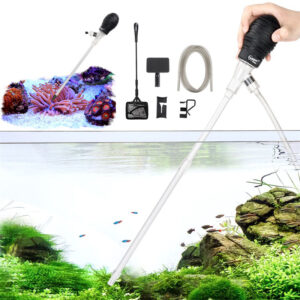
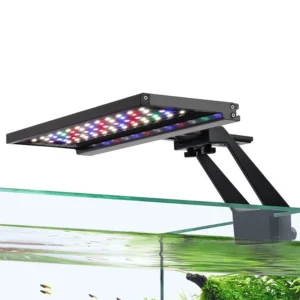
Leave a comment